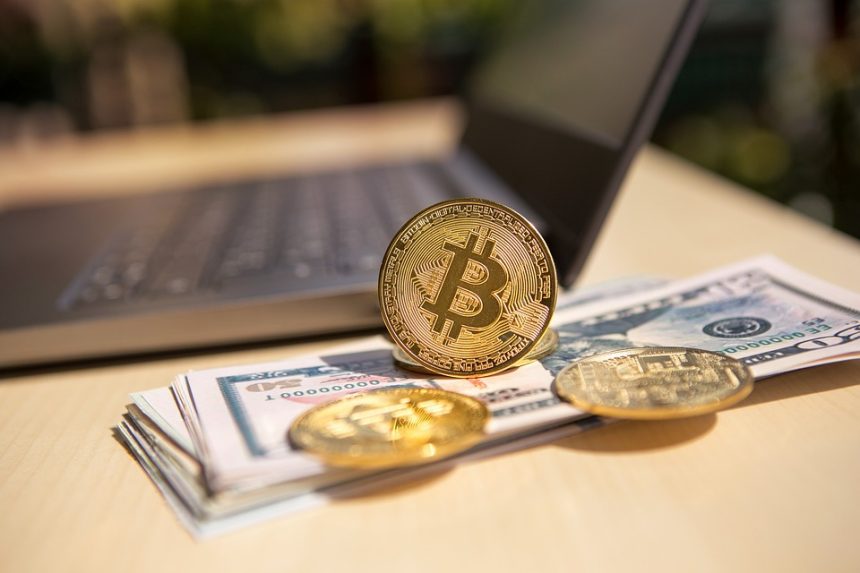In the rapidly evolving world of cryptocurrencies, having a secure and efficient way to store your digital assets is paramount. Crypto wallets are the essential tools for managing your digital currencies, and understanding how to set one up properly is the first step toward safe and savvy cryptocurrency ownership. This article will guide you through the various types of wallets available, the steps required to set one up, and best practices to ensure the safety of your assets.
Understanding Crypto Wallets
Before diving into the setup process, it’s essential to understand what a crypto wallet is and how it functions. A crypto wallet is not a physical wallet but rather a software application that allows you to store, send, and receive cryptocurrencies. Wallets store your public and private keys – the essential components for accessing and managing your digital assets.
There are three main types of crypto wallets:
-
Software Wallets: These are applications you can download on your device. They come in two forms: hot wallets (online wallets connected to the internet) and desktop/mobile wallets (app-based and can function offline).
-
Hardware Wallets: Physical devices designed to secure your private keys offline. They are often considered the most secure option because they are immune to online hacking attempts.
- Paper Wallets: A physical printout of your public and private keys. While they are immune to online threats, they can be easily lost or damaged.
Choosing the Right Wallet
Selecting the appropriate wallet for your needs is crucial. Factors to consider include:
-
Security: If you plan to hold significant amounts of cryptocurrencies, a hardware wallet is advisable. For smaller amounts and day-to-day transactions, a software wallet might suffice.
-
Ease of Use: Look for wallets with user-friendly interfaces, especially if you are a beginner.
-
Compatibility: Ensure the wallet supports the specific cryptocurrencies you wish to use.
- Backup and Recovery Options: The best wallets will have secure backup and recovery options to prevent loss of access to your assets.
Setting Up Your Crypto Wallet
Once you’ve chosen the right wallet, follow these general steps to set it up:
1. Download or Acquire Your Wallet
-
For Software Wallets: Go to the official website or app store to download your chosen wallet. Always ensure you are downloading from a reputable source to avoid phishing scams.
- For Hardware Wallets: Purchase from authorized retailers. Verify the authenticity of the device when you receive it.
2. Install the Wallet
Follow the installation instructions for your wallet. For software wallets, execute the downloaded file or application, and follow the prompts to install it on your device.
3. Create a New Wallet
During the setup, you will be prompted to create a new wallet. This usually involves generating a new seed phrase or mnemonic phrase—a series of randomly generated words that act as a master key to your wallet.
4. Secure Your Seed Phrase
Write down your seed phrase on paper and store it in a secure location. Do not store it digitally, as this could expose it to hacking. Losing this phrase means losing access to your wallet and assets.
5. Set a Strong Password
If applicable, set a strong password for your wallet. This adds an additional layer of security. Use a mix of characters, numbers, and special symbols.
6. Enable Two-Factor Authentication (2FA)
If your wallet supports it, enable 2FA for added protection. This often involves linking your wallet to an authentication app that generates time-sensitive codes to verify your identity upon login.
7. Fund Your Wallet
You can transfer cryptocurrencies to your wallet from exchanges or other wallets using your public address. This address can be found in your wallet’s interface.
Best Practices for Wallet Security
Once your wallet is set up, keeping your digital assets safe should be your priority. Here are some best practices to follow:
-
Regular Backups: Regularly back up your wallet’s information and seed phrase.
-
Keep Software Updated: Ensure your wallet software is always up to date to protect against vulnerabilities.
-
Be Wary of Phishing: Avoid clicking on links or downloading attachments from unknown sources. Always verify the URL of websites before entering your wallet information.
-
Consider Cold Storage: For large amounts of cryptocurrency that you do not plan to trade frequently, consider transferring them to a cold storage solution (hardware or paper wallets).
- Practice Good Digital Hygiene: Use antivirus software, maintain strong passwords, and be cautious in your online activities.
Conclusion
Navigating the world of cryptocurrencies can be daunting, but setting up a crypto wallet is one of the most crucial steps you can take as a digital asset holder. By carefully choosing the right wallet for your needs and following the setup and security practices outlined above, you can enjoy the benefits of cryptocurrency with confidence. As the digital landscape continues to evolve, staying informed and vigilant is your best defense against potential threats and will help you manage your crypto journey effectively.





